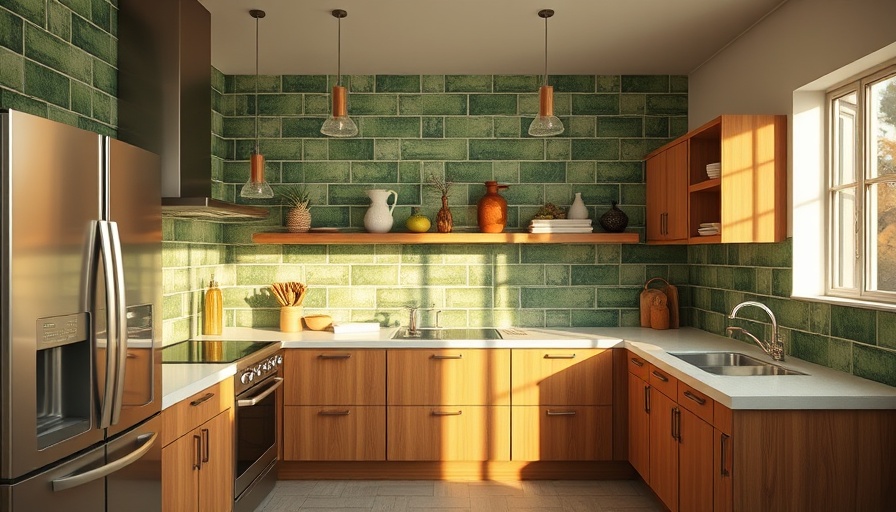
Embrace Cottagecore: The Tiny Home Dream
In an era where urban living often feels cramped, Metro Vancouver residents are discovering the allure of tiny homes. One particular model that embodies cozy living and aesthetic charm is the Allwood Claudia Tiny House, available on Amazon. This dwelling stands out not only for its compact design but also for cute features like darling windows and graceful French doors that invite natural light and connect to the outdoors.
Maximizing Limited Space with Thoughtful Design
The Allwood Claudia Tiny House cleverly utilizes a small footprint, making it perfect for those in Metro Vancouver looking to maximize their backyard space. With a size of just 215 square feet, this tiny home doesn't skimp on style or functionality. With an open-plan layout, the ample windows and doors allow for an airy feel while providing stunning views of the surrounding greenery.
Why Tiny Homes Are Gaining Popularity
The rising popularity of tiny homes aligns with the growing trend of minimalism and sustainability. Young families and professionals desire simplicity while reducing their carbon footprints. The Allwood Claudia not only serves as a stylish backyard office or guest house but also supports eco-living, as it requires fewer materials and energy to maintain. By adapting to this modern lifestyle, residents can find harmony between aesthetic beauty and practical living.
What Makes the Allwood Claudia Stand Out?
The Allwood Claudia Tiny House features Scandinavian-inspired architecture, which focuses on functionality without sacrificing aesthetics. Its natural wood finish enhances its cottagecore appeal, allowing homeowners to immerse themselves in a fairytale-like ambiance. Additionally, customization options make it a flexible choice for a wide range of backyard projects, whether you envision it as a children’s playhouse or an intimate space for reading and unwinding.
Making the Most of Your Tiny Home Experience
For those considering investing in a tiny home, understanding the key aspects of functionality and comfort is essential. Effective storage solutions, like built-in shelving and furniture that can serve multiple purposes, can enhance the use of space within a tiny house. Additionally, incorporating elements of nature through vertical gardens or balcony boxes can bring life to areas often overlooked in traditional homes.
As Metro Vancouver locals explore options for expanding their living spaces without increasing their property’s footprint, tiny homes such as the Allwood Claudia Tiny House represent a compelling blend of style, sustainability, and practicality. Residents can create a serene sanctuary in their backyards, encouraging a lifestyle devoted to nature, community, and personal well-being.
Explore Tiny Living Today!
If you’re ready to explore how a tiny home can enhance your lifestyle, consider looking into the Allwood Claudia Tiny House. It may very well inspire your backyard dreams while providing a functional space tailored to your needs.
 Add Row
Add Row  Add
Add 




Write A Comment